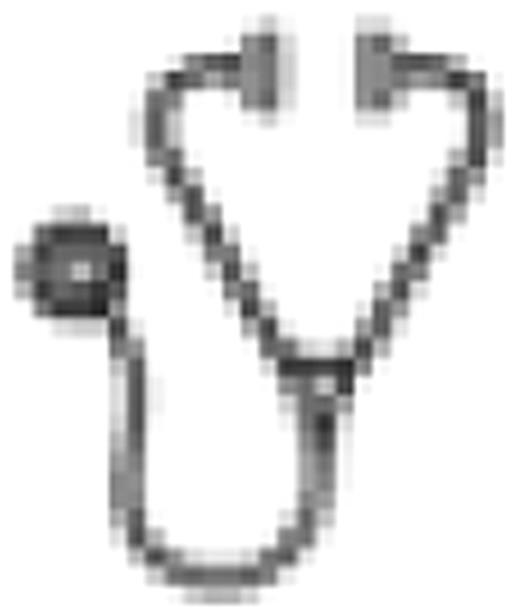Abstract
Hemophilia A is a bleeding disorder characterized by a deficiency in coagulation factor VIII (FVIII) rendering the body incapable of maintaining hemostasis. Abnormally prolonged bleeding can occur either spontaneously or after an injury or surgery. The most effective treatment for hemophilia A is FVIII replacement therapy; however, for patients with FVIII inhibitors, this therapy is not possible. In these patients, expensive bypassing agents such as recombinant factor VIIa (rFVIIa) are the only currently availabel treatment. We have developed an aptamer that binds to and inhibits tissue factor pathway inhibitor (TFPI) as a novel therapeutic strategy to treat hemophilia A patients. TFPI inhibits factor Xa and is the primary regulator of the FVIIa:tissue factor complex, the initiator of blood coagulation. By blocking TFPI, sufficient thrombin could be generated through the extrinsic pathway to bypass the defect in clot propagation caused by the deficiency of FVIII. We compared our anti-TFPI aptamer to rFVIIa in a number of in vitro and in vivo assays, including a plasma-based thrombin generation assay–the calibrated automated thrombogram (CAT) assay–initiated with 1 pM tissue factor. These experiments were carried out with normal plasma from healthy volunteers, plasma from severe hemophilia A patients, and plasma from hemophilia A patients containing high titers of inhibitory antibodies. We also measured activity using tissue factor-initiated thromboelastography (TEG), in whole blood from healthy volunteers depleted of FVIII by preincubation with a polyclonal anti-FVIII antibody. In the CAT assay, the aptamer demonstrated a dose-dependent improvement in both endogenous thrombin potential (ETP) and peak thrombin similar to that achieved with rFVIIa in hemophilia A plasma, either with or without inhibitors. In the TEG assay, R-values–a measure of clotting time–were prolonged in the whole blood upon FVIII antibody treatment, and then restored in a dose-dependent manner with both the aptamer and rFVIIa, to levels similar to untreated whole blood. The rate of clot development, measured by the TEG angle, was also improved in a dose-dependent manner in response to both aptamer and rFVIIa. We also tested the effectiveness of our aptamer in a non-human primate model of hemophilia A that mimics the inhibitor patient. In this model, cynomolgus monkeys are treated with a single intravenous (IV) bolus of a purified polyclonal antibody against human FVIII. The antibody treatment was followed by an IV bolus of aptamer, rFVIIa, or saline. The effects of these agents on hemostasis were analyzed by TEG in plasma obtained from blood samples drawn at various times prior to or following treatment. Other measures included prothrombin time (PT), activated partial thromboplastin time (aPTT) and FVIII activity. Upon treatment with the FVIII antibody, FVIII activity in the monkey plasma was reduced to less than 1%. The administration of the polyclonal antibody had no effect on the PT of the monkey plasma, but did prolong the aPTT. In the TEG, 2.5 hours after administration of the antibody, there was a prolongation in clotting time (R-value) from a baseline R-value of 5-10 minutes to an R-value of ≥ 25 minutes. Within 15 minutes after IV bolus administration of either aptamer or rFVIIa, there was an improvement in the TEG R-value to levels similar to baseline, pre-study measurements. Infusion of rFVIIa subsequently shortened the PT by 2 seconds and shortened the aPTT by 20 seconds. These changes were not observed with aptamer infusion. These in vitro and in vivo studies suggest we have developed a TFPI inhibitory aptamer that could be a novel procoagulant therapeutic in the treatment of inhibitor and non-inhibitor hemophilia A patients.
Waters:Archemix Corporation: Employment. Kurz:Archemix Corporation: Employment. Genga:Archemix Corporation: Employment. Nelson:Archemix Corporation: Employment. McGinness:Archemix Corporation: Employment. Schaub:Archemix Corporation: Employment.

This icon denotes an abstract that is clinically relevant.
Author notes
Asterisk with author names denotes non-ASH members.


This feature is available to Subscribers Only
Sign In or Create an Account Close Modal